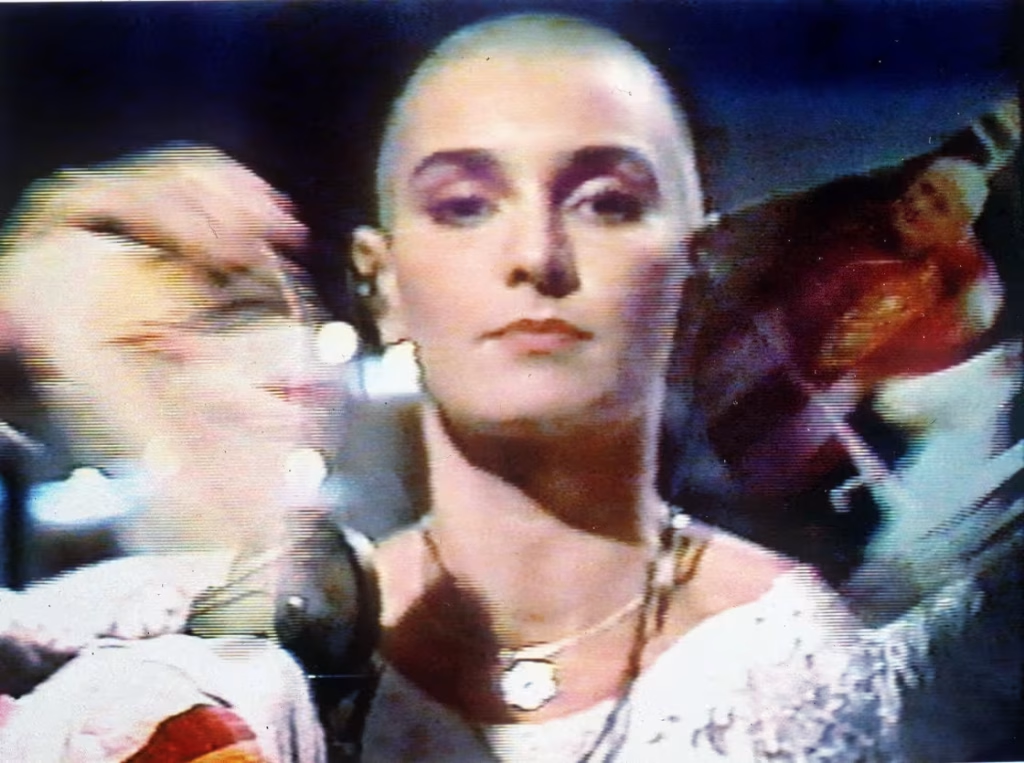“Saturday Night” Celebrates the Independent Spirit of Comedy

The film “Saturday Night” tells the spectacular behind-the-scenes tale of the 90 minutes before the first ever show of Saturday Night Live went live on air. A whirlwind of chaos, and a sprint until the end, the film perfectly captures what has kept SNL a cultural phenomenon for half a century: its independent spirit.
The first episode of Saturday Night Live premiered on October 11, 1975 at 11:30 p.m. on NBC, where young, unknown producer Lorne Michaels (Gabriel LaBelle) and his original seven cast members debuted their envelope-pushing, countercultural sketches.
A big part of “Saturday Night” focuses on the perceived danger of the show’s unpredictability. Executives, writers and even cast members question the lack of script and structure throughout the film. At multiple points, the director of NBC’s weekend late night programming, Dick Ebersol (Cooper Hoffman), directly asks Michaels, “What is the show?”
While it becomes increasingly obvious that Michaels does not possess a concrete answer, his determination to make it to air is unflinching. It’s clear that Michaels has a steadfast belief in his vision of revolutionizing television, by moving away from rigidity, and offering audiences something raw, new and unexpected.
Of course many moments in the film are fictionalized, but most have footing in reality. In “Saturday Night,” Canadian-American director Jason Reitman pays homage to SNL by packing much of the drama and tension from the first couple of seasons of the show into a dramatic retelling of the night the show first aired.
The insurmountable pressure on Michaels is tangible, as the film follows him trying to balance the tensions of cast members, the expectations of network executives, and the technicalities, while holding onto a dream nobody seems to find probable.

In fact, everything that could ever go wrong, does. Cast members get into physical fights and refuse to sign contracts, crew members don’t do their jobs, logistics are far and few between, technical issues, such as sound failure and a lighting rig literally catching on fire, arise, all while network executives lounge in a room closeby, waiting for Michaels to fail so they can have an excuse to play Johnny Carson reruns.
The executives in the film are so afraid of having something unpolished and unpredictable go to air. It’s fun to watch, knowing that in its runtime these aspects have gifted the show its most controversial and iconic moments.
SNL sketches often pack a punch, commenting on social movements and politics of the time. One sketch the film highlights, which originally appeared in the sixth episode of the first season, is a sketch with host Lily Tomlin, where she teaches a crew of all female construction workers how to objectify men. The sketch, multilayered yet hilarious, was a push back against catcalling and remains relevant and funny today.
Hosts and cast members mess up and crack up, live audiences give unexpected reactions, F-bombs get dropped, and guests use the platform to spread their own, sometimes questionable, agenda. Musical guests and hosts have also contributed a fair share of iconic and controversial moments.
Once, members of Nirvana made out on stage to protest homophobia, Conan O’Brien and cast members sang The Penis Song after the FCC loosened restrictions and Kanye West wore a MAGA hat on stage. Donald Trump even hosted the show as a presidential candidate in 2015.
The live component makes audiences root for the performers and guests. Anything could happen. In its time on air, a lot has.
People still talk about Sinéad O’Connor’s ’92 appearance on the show, where at the end of her performance of Bob Marley’s “War,” the singer held up a picture of Pope John Paul II and tore it to pieces. “Fight the real enemy,” she said while doing so. The public outrage at this performance was high. O’Connor was banned from SNL for life.

Even the newest generation of adults, Gen Z, is embracing SNL. Social media platforms like TikTok give the show a whole new platform to reach younger audiences.
Most recently, a sketch from the October 11 episode featuring Ariana Grande, where she plays an off-key maid of honor singing a parody of Sabrina Carpenter’s song “Espresso,” went viral on TikTok, getting nearly 100 million views.
In 2022, SNL introduced its first Gen-Z cast member, Marcello Hernández. This season there are multiple. Teenagers and adults that grew up watching SNL with their parents now can see their own humor and language reflected in the show.
That year, SNL also introduced its first non-binary cast member, Molly Kearny. This was celebrated as a step in the right direction to increase diversity of representation on the show.
The first live show, hosted by George Carlin with musical guests Janis Ian and Billy Preston, was the definition of sink or swim. And swim they did. SNL has kept its slot on NBC’s late night program and is currently on its 50th season, continuing to pull in the biggest names of the industry as hosts and musical guests. The first episodes of this year’s season have featured appearances by artists like Chappell Roan, Stevie Nicks, Billie Eilish and John Mulaney. Lorne Michaels continues to be the show’s executive producer.

“Saturday Night” succeeds in making the audience feel like they are part of this truly special phenomenon. The film never drops the ball, building to an exhilarating release with Chevy Chase announcing what everyone is waiting for: “Live from New York, it’s Saturday night!”
By the time the audience hears the show’s iconic opening line, it’s like they themselves caught lightning in a bottle. At its core, the anxiety-inducing comedy is a love letter to the independent and youthful spirit of the New York City comedy scene and a celebration of nearly 50 years of success.
